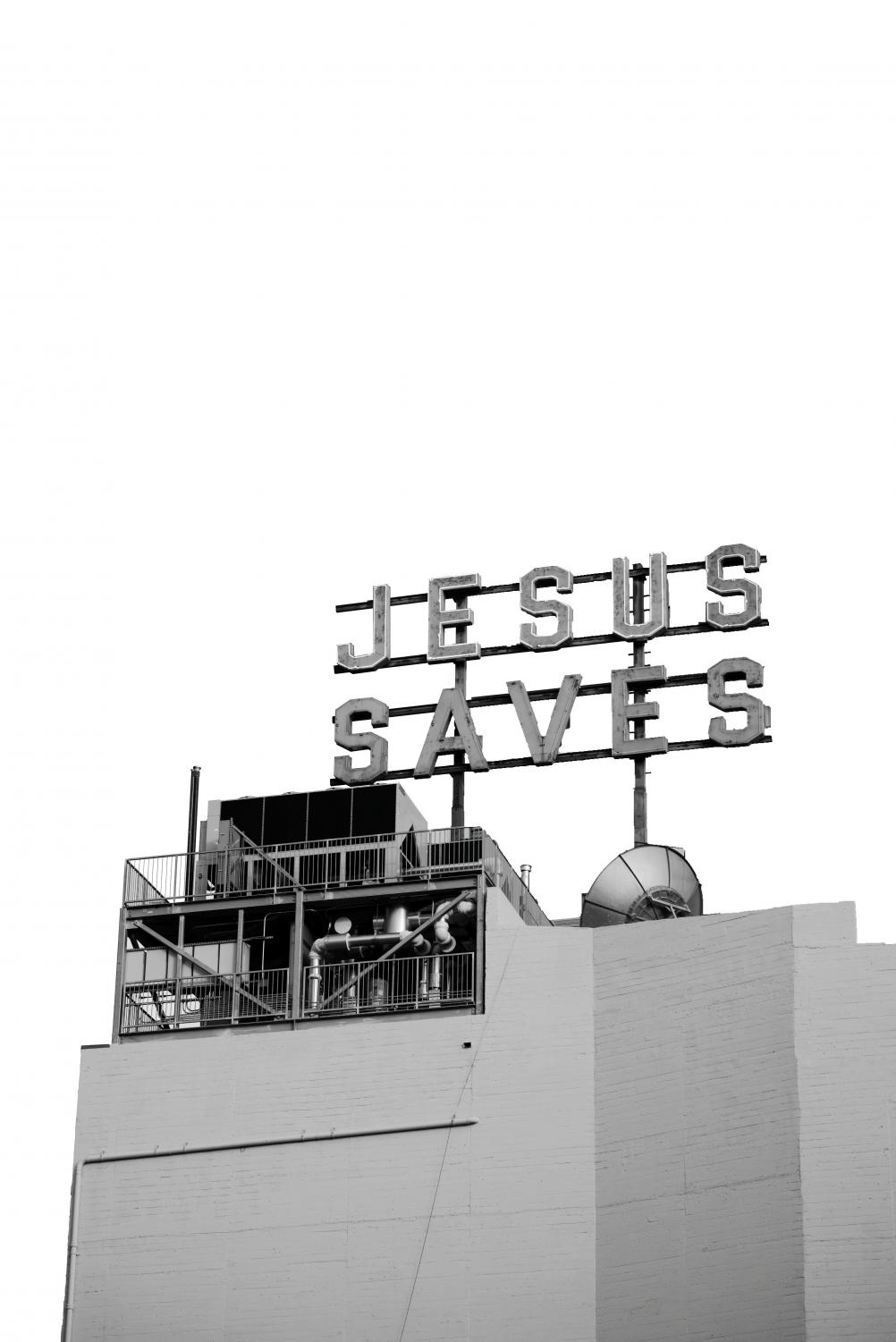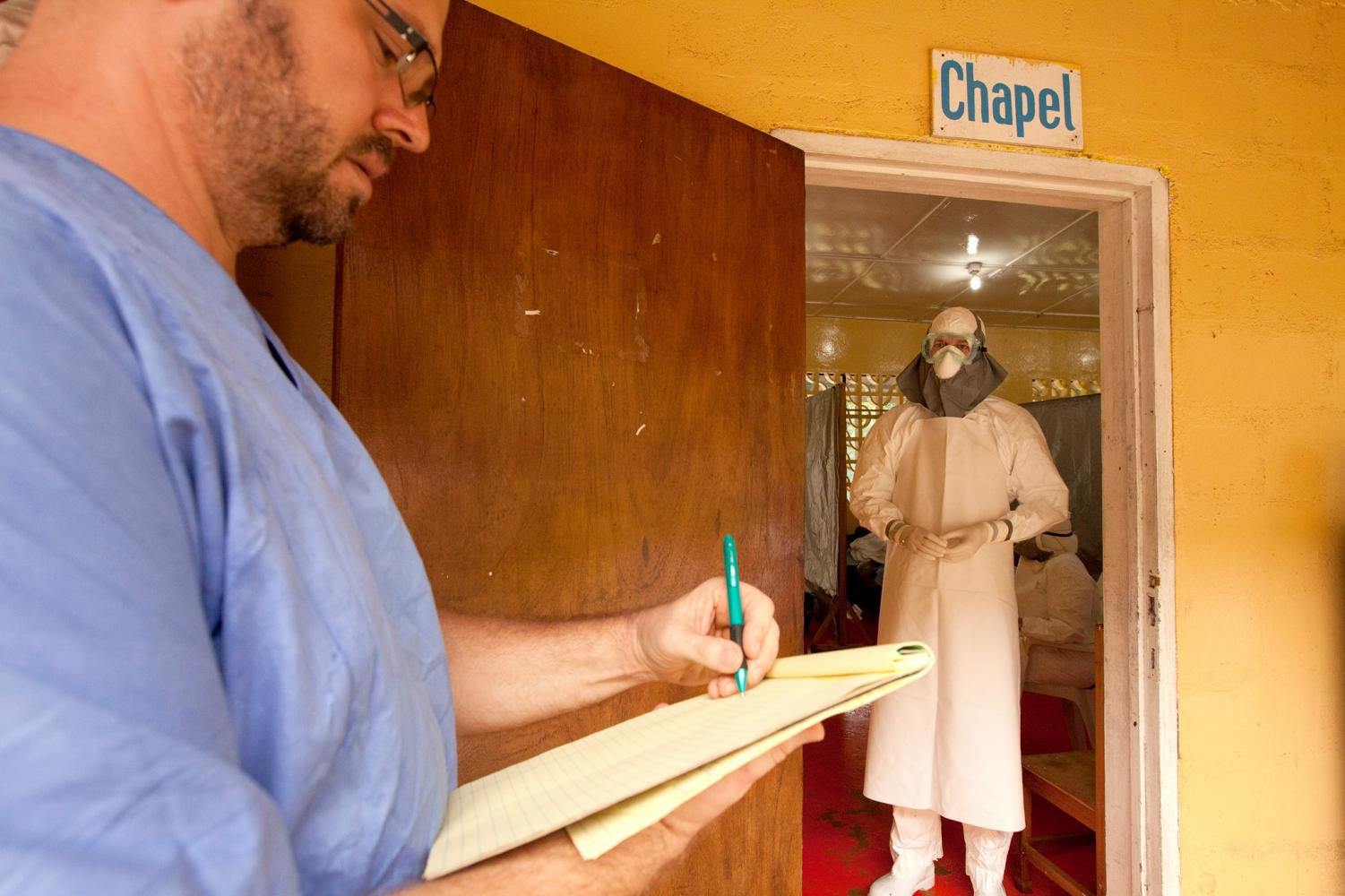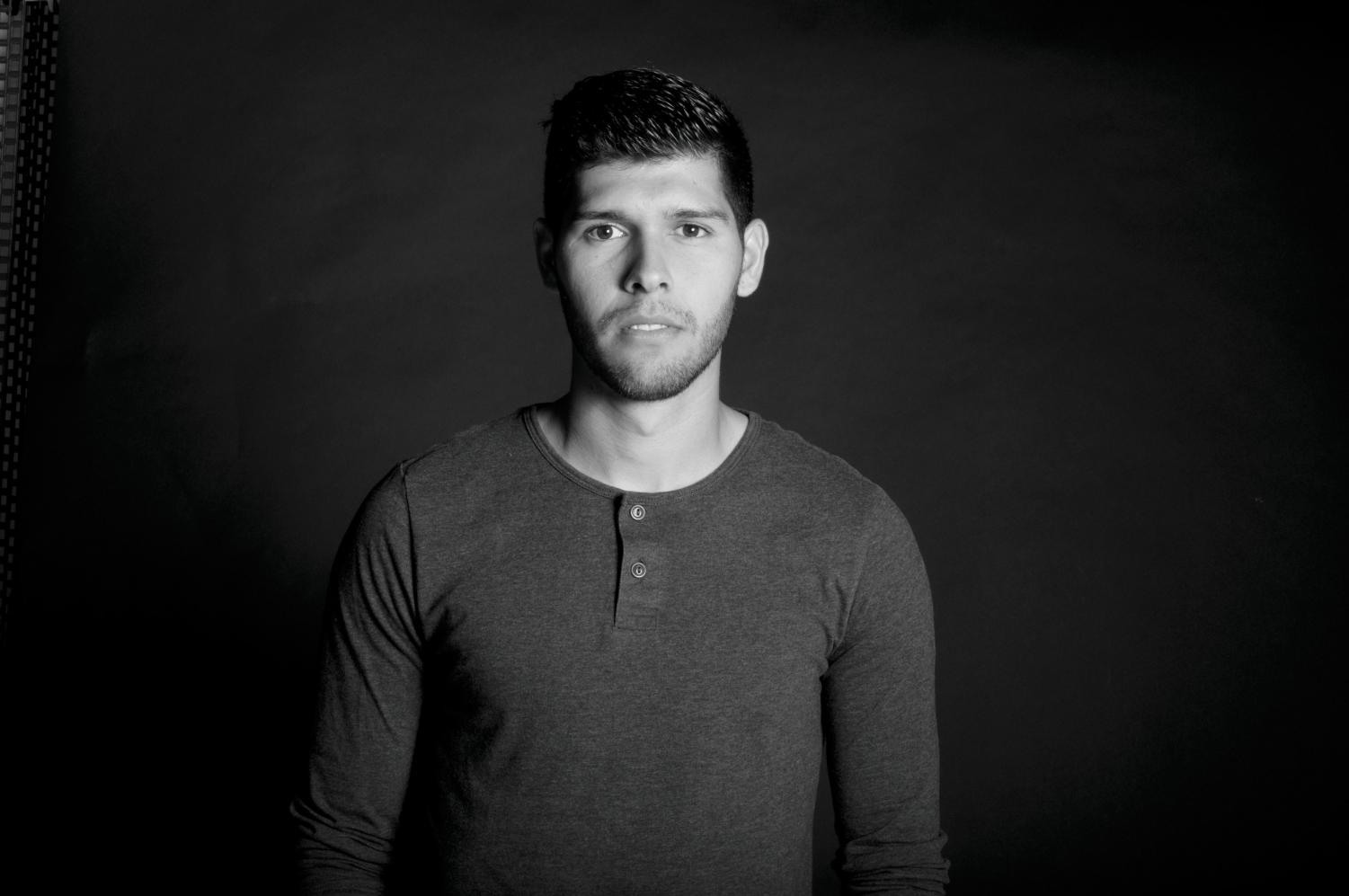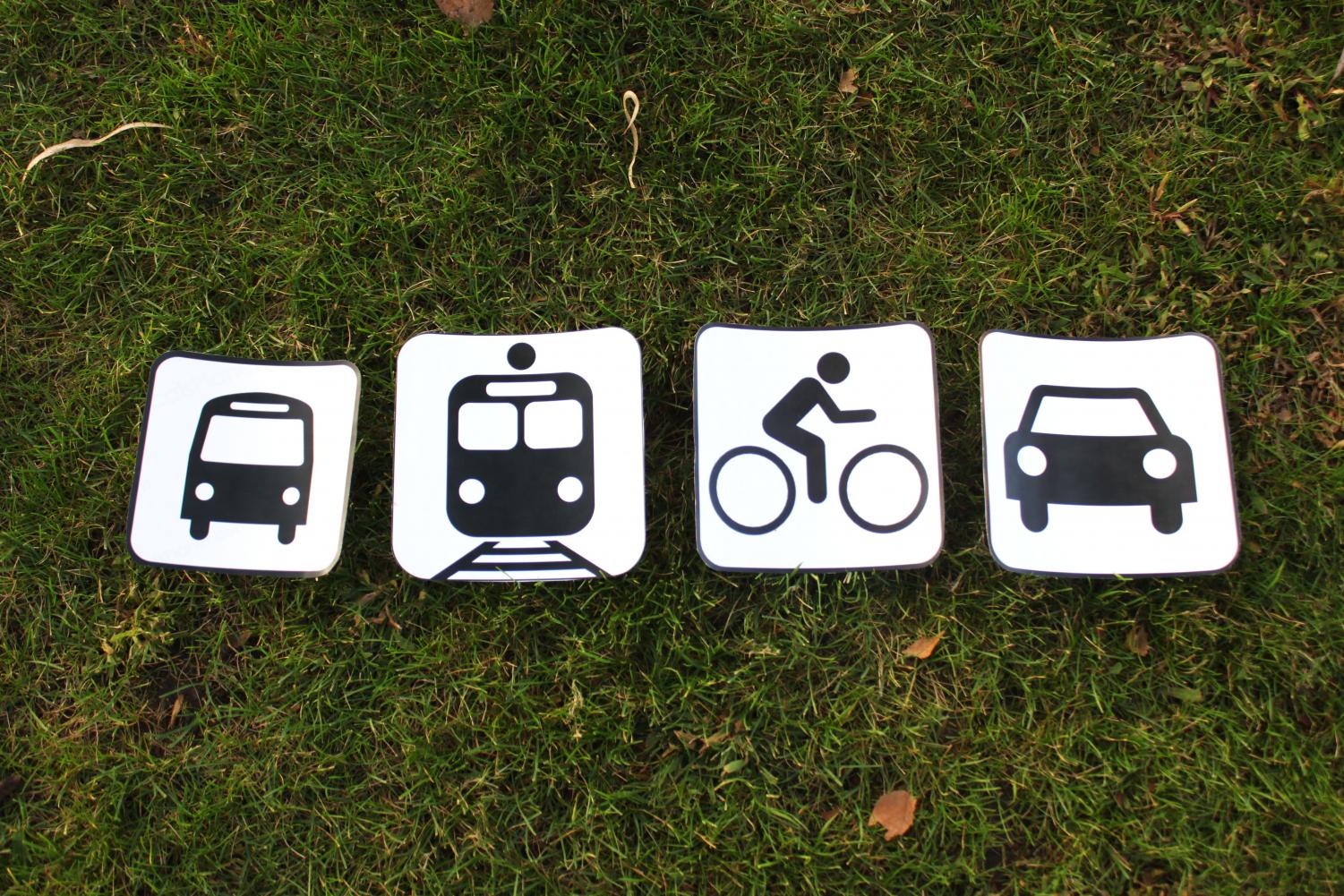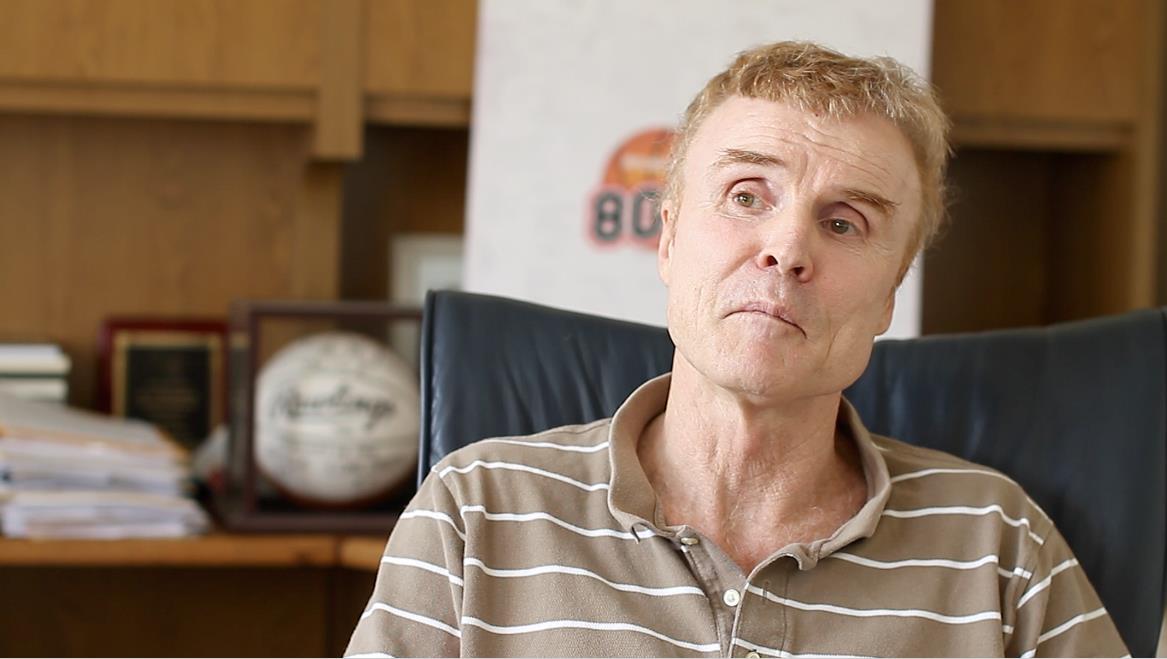Written by Kristina Nishi
With a legacy of 106 years, Biola University has undergone many changes that have become a part of its history. These include its move from Sixth and Hope in Downtown Los Angeles to the quiet suburb of La Mirada in 1959, the influence of eight different university presidents, and the commissioning of the iconic “Jesus Saves” sign in 1935.
Throughout the years, many Biola traditions have come and gone. Curious about some of the events you missed out on? Let’s throw it back to Biola’s black-and-white photo days.
1. Donkey basketball:
An Associated Students event in which the senior administration, student government officers, and athletes competed. This fun tradition was played while sitting astride actual donkeys that were wearing special basketball shoes. Richard Chase was known to participate in a game or two when he was president of Biola.
2. Fisherman’s Club and Lyceum Club:
Before Biola’s birth, its founders started theology clubs where men and women could study the Bible and receive instruction in evangelism. These two clubs were also a method of outreach in the local Los Angeles community and acted as exposure for the new university.
3. “Fruit-O-Matic”:
Before The Talon, Biolans could get fresh fruit from the Fruit-O-Matic machines. Serving as a healthy alternative to vending machines with junk food, Biola instituted these in the 1980s. However, the refrigeration units were prone to breaking down, which resulted in frequent cases of spoiled fruit.
4. The Meneely Bells:
Located atop the original 13-story Biola campus in Los Angeles, these bells served as a message and beacon to the community. Gordon Hooker, Biola’s official bellringer, would play the bells three times a day and twice on Sundays.
5. Celebrate the Son:
For 25 years, Biola held a fine arts festival during the Christmas season. Art, drama and music were showcased, and local churches participated in the event. It was open to Biolans and the public, and ended in the 1990s once the churches started to plan their own Christmas events and due to changes in the format of the event.
6. The King’s Business:
This was the leading journal for conservative Christianity and the fundamentalist movement, published by the university from 1910-1970. This monthly publication included Bible studies and news about alumni. It later evolved into the Connections magazine and subsequently became what is now known as the Biola Magazine.
7. The Biola Hour:
For nearly seven decades, Biola had a significant radio ministry that brought sound biblical teaching to thousands of listeners up and down the West Coast. David Hocking spearheaded this ministry until he left to pursue other radio options. Over the years, the following fizzled out and the radio show was canceled.
